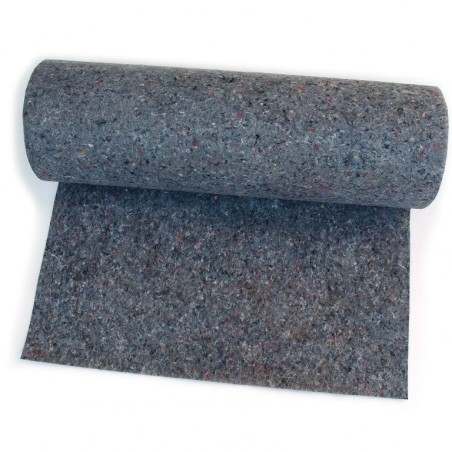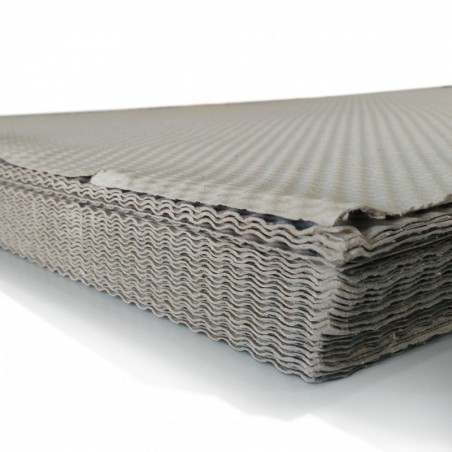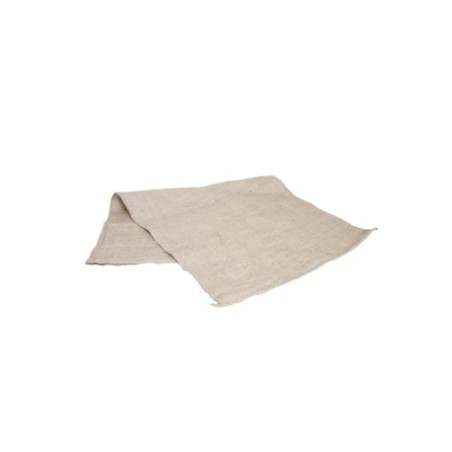Due to genetic improvements in the last decade the number of piglets born per sow per year has increased spectacularly. However, piglet mortality also increased in the same period.
Piglet survival at farrowing is influenced by sow factors such as: duration of the farrowing process, onset of colostrum and milk production, and piglet factors such as: birth weight, glycogen reserves, ability to maintain body temperature and vitality at birth. The farrowing process and the onset of milk production are under hormonal control (Figure 1).

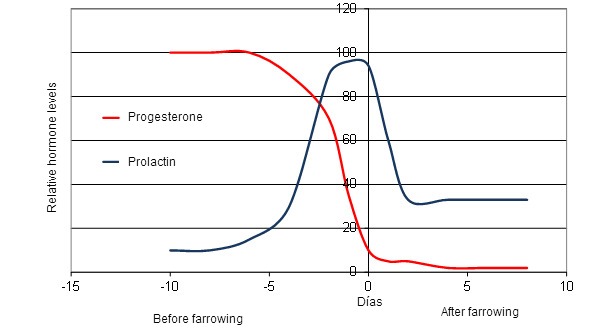
Figure 1. Hormonal changes in the sow around farrowing.
One of the factors that could influence the farrowing process and the startup of milk production is the abrupt change from a gestation diet to the lactation diet a few days before farrowing. With this change in diets and often in combination with a reduction of the feeding level, intake of fibre (Neutral Detergent Fiber, NDF) is reduced (Figure 2).
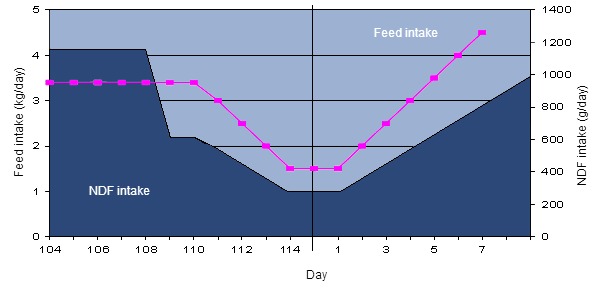
Figure 2. Fiber (NDF) intake around farrowing.
The major part of the fiber fraction will reach the hindgut were it can be fermented. When the amount of fiber that reach the hindgut is reduced the motility of the hindgut will go down and this can cause constipation and endotoxemia in the peri-parturient sow. Endotoxemia can suppress prolactin release and causes lactation insufficiency.
Preventing constipation via high fiber transition diet is one of the measures to prevent lactation insufficiency. Internal studies and literature results show that higher fiber transition diets in the peripaturient period decrease the incidence of hard faeces (Figure 3) and increase the sow feed intake in early lactation (Figure 4).
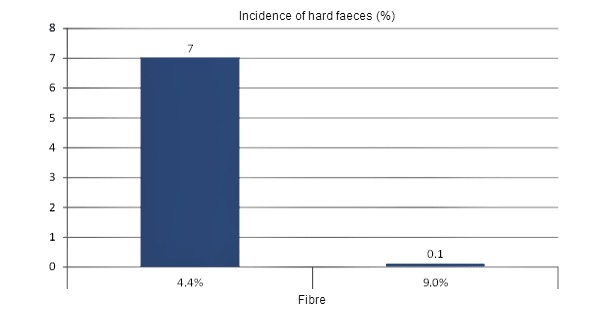
Figure 3. The effect of dietary fibre level on the incidence of hard faeces (source Nutreco R&D).
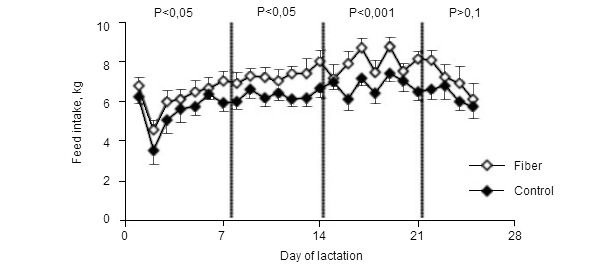

Figure 4. Daily voluntary feed intake of lactating sows fed a diet containing 2.8 (control) or 11.0% (fiber) crude fiber during gestation (adapted from Quesnel et al. 2009)
Moreover, higher fiber transition diets during this period also increased colostrum intake in the smallest piglets (Figure 5) and increased piglet survival (Figure 6).
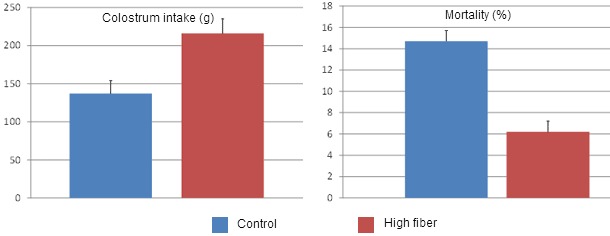
|
Figure 5 Colostrum intakes of low birth weight piglets |
Figure 6 Piglet mortality during lactation (Loisel et al. 2013) |
At our own research centre we conducted several trials to investigate which fiber fractions are most promising to reduce the incidence of constipation. Our results show that fermentable fibers, like hemicellulose increase the water content of the faeces and with that the risk of hard faeces (Figure 7). Figure 7 also shows that it takes at least 5 days of feeding high fiber diets to achieve considerable changes in dry mater content of the sow’s faeces.
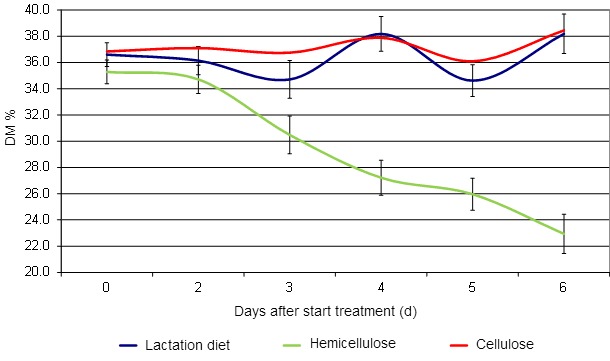
Figure 7 the effect of fibre source in sow diets on the dry matter content of the faeces (Nutreco R&D)
In conclusion, constipation is one of the factors that are involved in pre weaning piglet mortality. It is recommended to use diets that are high in fermentable fiber to prevent constipation and stimulate gut health in the peri-parturient period of sows for at least five days pre partum. Moreover, it is recommended to maintain feeding levels before farrowing at 2.5 to 2.8 kg per day depending on parity. From a practical point of view (feeding system) lactation diets are fed before farrowing in most farms however, lactation diets are formulated for maximum milk production and therefore the feeding lactation diets before farrowing needs extra attention to prevent either constipation or too much pressure on the udder before farrowing. By feeding special transition diets the risk on constipation is reduced.





